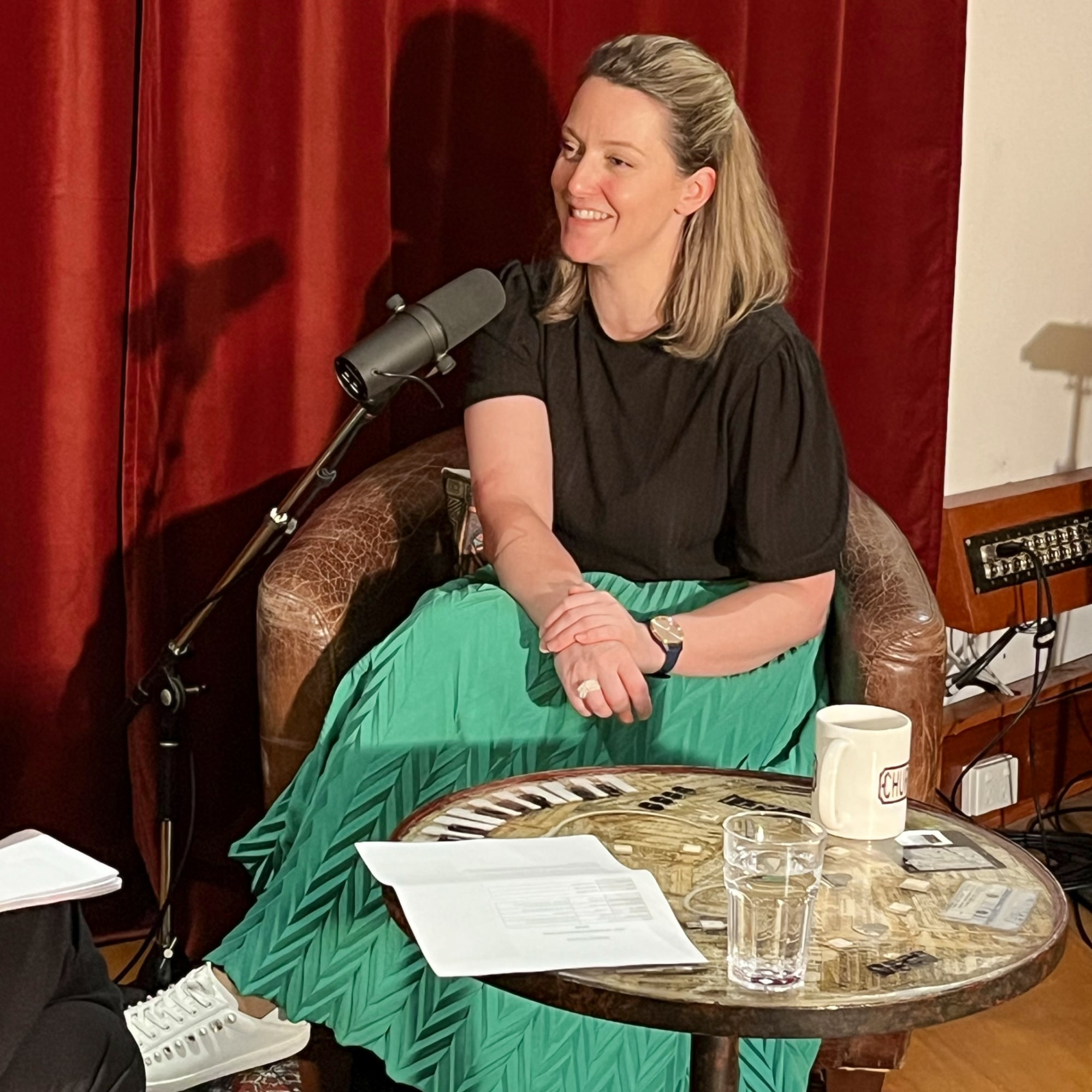Retirement
What is the re-contribution strategy and how do I use it?
What is the re-contribution strategy and how do I use it?
The strategy works by withdrawing an amount of a member’s superannuation balance and then re-contributing the amount back into the super fund as a non-concessional contribution.
When any amounts are withdrawn from superannuation, they are generally split into two components: the taxable component and the tax-free component.*
On payment, the tax-free component is not subject to tax, while the taxable component may be taxed depending on the recipient’s age and how the payment is made i.e. lump sum or retirement income stream.
These components must be paid out of the super fund on a proportional basis.

Say, our member April has a member balance of $100,000 which is made up of $90,000 taxable and $10,000 tax free. Any amounts paid to April will be paid out as 90 per cent taxable and 10 per cent tax free.
Using a re-contribution strategy, the amounts re-contributed as non-concessional are added to the tax-free component, increasing the tax free amounts when they are finally paid from the fund.
If April was to withdraw a lump sum (assuming she has met a condition of release) of $40,000, re-contributes it to her super fund as a non-concessional contribution, her components will change as follows:
The components of the $40,000 withdrawal are – $36,000 taxable (90 per cent of $40,000) and $4,000 tax free (10 per cent of $40,000)
Her member balance would now be:
Taxable $54,000 and tax free $6000.
She then re-contributes $40,000 which is added to the tax-free component, resulting a balance of taxable $54,000 and tax free $46,000.
In what situations will this strategy be beneficial?
Under 60 and commencing retirement income stream
Under age 60, a retirement income stream will be added to your taxable income (the income stream is paid with a 15 per cent tax offset) so if your income from all sources exceeds $37,000 (where the marginal rate jumps to 34 per cent) you will be subject to tax on the income stream. By increasing the tax-free component of your income stream amount, you will reduce the tax payable on this amount which in turn increases your after-tax income.
Reducing tax on death benefits paid to non-death benefit dependants
Death benefit lump sums paid to non-death benefit dependants (for example adult children), will generally be subject to tax in varying degrees in the hands of the beneficiary. By increasing the tax-free component of the member’s balance now, the amount that is ultimately received by the death benefit recipient will be tax free in the same proportions.
One partner has attained age pension age
In some cases, re-contributions can also be used to increase Centrelink entitlements. By withdrawing a lump sum from the partner’s (who has attained age-pension age) superannuation fund and re-contributing to the younger spouse’s member account, Centrelink entitlements may be increased as the member balance for the non-age pension spouse will not be counted towards the assets or income tests.
Maximising tax-free components where one partner is over 60
Where one partner is over 60 and can receive the retirement income stream tax free and the younger partner has satisfied a condition of release, by withdrawing from the younger partner’s member balance and contributing to the older partner’s member balance before commencing a retirement income stream, the income stream received by the partner over 60 will be tax free.
What to look out for
Exceeding non-concessional contribution limits and changes announced in the 2016-2017 budget.
The re-contribution strategy needs to be considered in conjunction with any other planning strategies to ensure that the non-concessional contributions in total for any year do not exceed the relevant caps. On budget night, 3 May 2016, the Coalition proposed that non-concessional contributions have a $500,000 lifetime cap. It is proposed that this is retrospective to 1 July 2007. Therefore, if you have contributed up to or over the $500,000 limit as at 7.30pm on budget day, no more can be contributed. Although the government has since announced there will be transitional arrangements around this in certain situations (SMSFs with borrowings). The government also announced it will remove the concessional tax on Transition to Retirement Pensions. These changes are dependent on the Coalition returning to power, which it has, and the changes being passed in parliament.
Satisfying a condition of release
The member needs to satisfy a condition of release in order to draw the lump sum. This means they must have either reached preservation age and have retired, and the trustee is reasonably satisfied the member never intends to work full-time again or they have turned 60.
Exceeding the lump sum tax-free threshold
If the member is under 60 but over 55 and withdraws the amount as a lump sum, care needs to be taken to ensure the taxable component withdrawn does not attract tax.
For the 2015/16 financial year:
Up to $195,000 is tax free, with the balance of the taxed component taxed at a maximum of 15 per cent plus Medicare levy.
For those under 55, the entire amount is taxed at 20 per cent.
Where there is a taxable component of untaxed element, different rates apply again.
If the member is over 60:
First $1.395 million (untaxed plan cap) is taxed at 15 per cent with the balance taxed at 45 per cent.
Where the member is between 55 and 60:
First $195,000 is tax free, between $195,000 and $1.395 million at 30 per cent and the balance at 45 per cent.
For those under 55, the first $1.395 million is taxed at 30 and the balance taxed at 45 per cent.
Lump sums are treated as assessable income
While the low-cap amount up to $195,000 is tax free, the amount is still counted towards a member’s thresholds for certain benefits such as the Family Tax Payment, government co-contribution and any other benefits or arrangements that take income into account rather than taxable income.
Conflict with anti-detriment strategy
The strategy could potentially be in conflict with an amount available under the Anti-Detriment Strategy. However, this may only be an issue if the member dies with a substantial superannuation balance. It is worth educating the member of this potential loss of benefit to any death benefit beneficiaries who may be able to access an Anti-Detriment payment.
Liquidity in the fund
The fund needs to have sufficient liquidity in order to pay out any lump sum benefits. If assets need to be sold to free up cash to make a lump sum payment, consideration of possible Capital Gains Tax Implications is needed.
*If the lump sum is paid from an unfunded defined benefit scheme or the lump sum amount includes an insured death benefit, there may also be a taxable component – untaxed element.
Michele Purvis, director, UAS Financial

Superannuation
Aware Super takes on Australia's gender retirement gap, aiming for financial equality
Aware Super, one of Australia's largest superannuation funds with a 70 per cent female membership, is on a mission to close the gender gap that sees women retire with 30 per cent less super than men ...Read more

Superannuation
Age Pension increase prompts Australians to review their finances
The increase in the Age Pension, which takes effect today, should serve as a prompt for many older Australians to ensure they're maximizing their income as cost-of-living pressures persist, according ...Read more

Superannuation
Retirement reimagined as Australian optimism meets inflation worries in 2023 super fund insights
The latest reports on retirement confidence among Australians present a spectrum of sentiments, with fresh data revealing surprising optimism in some quarters while exposing underlying concerns in ...Read more

Superannuation
Aussie retirees face a shortfall as ideal retirement nest egg doubles what super will deliver
As Australians look towards retirement, the desired superannuation balance that many believe will ensure a comfortable retirement has significantly outpaced what they are on track to actually save. Read more

Superannuation
Super funds eye 6.5% return in 2023, despite a rocky start
As the year draws closer to its climax, Chant West unveils its projection for super funds in what can only be described as a year of economic ebbs and flows. Read more

Superannuation
A deep dive into Australia’s superannuation system
Australia has a robust retirement savings system known as superannuation designed to provide financial security to Australians in their post-work years. Read more

Superannuation
50,000 super fund members impacted by data breach
Around 50,000 member records were impacted by the breach that took place earlier this month. Read more

Superannuation
Two super funds tipped to reach $1tn by 2040
KPMG has released the findings from a new review. Read more

Superannuation
Aware Super takes on Australia's gender retirement gap, aiming for financial equality
Aware Super, one of Australia's largest superannuation funds with a 70 per cent female membership, is on a mission to close the gender gap that sees women retire with 30 per cent less super than men ...Read more

Superannuation
Age Pension increase prompts Australians to review their finances
The increase in the Age Pension, which takes effect today, should serve as a prompt for many older Australians to ensure they're maximizing their income as cost-of-living pressures persist, according ...Read more

Superannuation
Retirement reimagined as Australian optimism meets inflation worries in 2023 super fund insights
The latest reports on retirement confidence among Australians present a spectrum of sentiments, with fresh data revealing surprising optimism in some quarters while exposing underlying concerns in ...Read more

Superannuation
Aussie retirees face a shortfall as ideal retirement nest egg doubles what super will deliver
As Australians look towards retirement, the desired superannuation balance that many believe will ensure a comfortable retirement has significantly outpaced what they are on track to actually save. Read more

Superannuation
Super funds eye 6.5% return in 2023, despite a rocky start
As the year draws closer to its climax, Chant West unveils its projection for super funds in what can only be described as a year of economic ebbs and flows. Read more

Superannuation
A deep dive into Australia’s superannuation system
Australia has a robust retirement savings system known as superannuation designed to provide financial security to Australians in their post-work years. Read more

Superannuation
50,000 super fund members impacted by data breach
Around 50,000 member records were impacted by the breach that took place earlier this month. Read more

Superannuation
Two super funds tipped to reach $1tn by 2040
KPMG has released the findings from a new review. Read more







